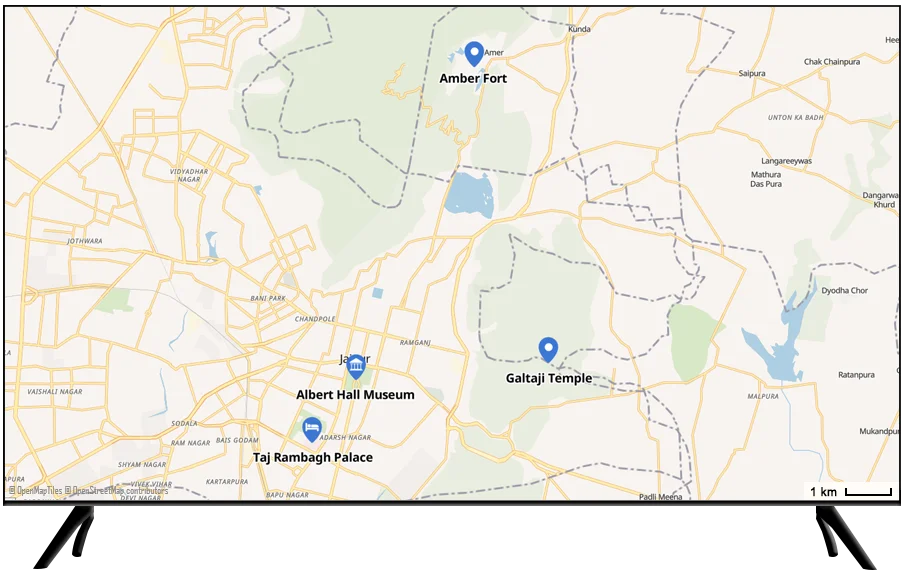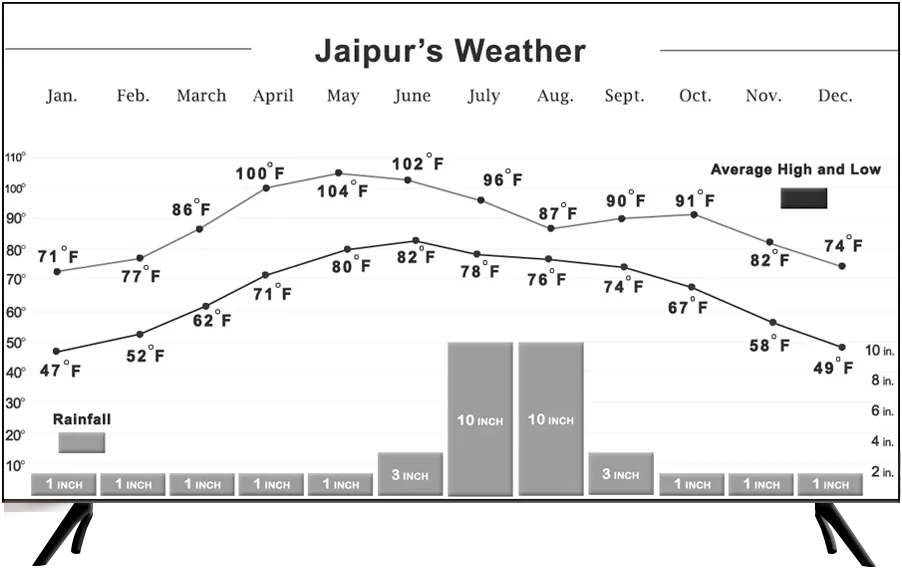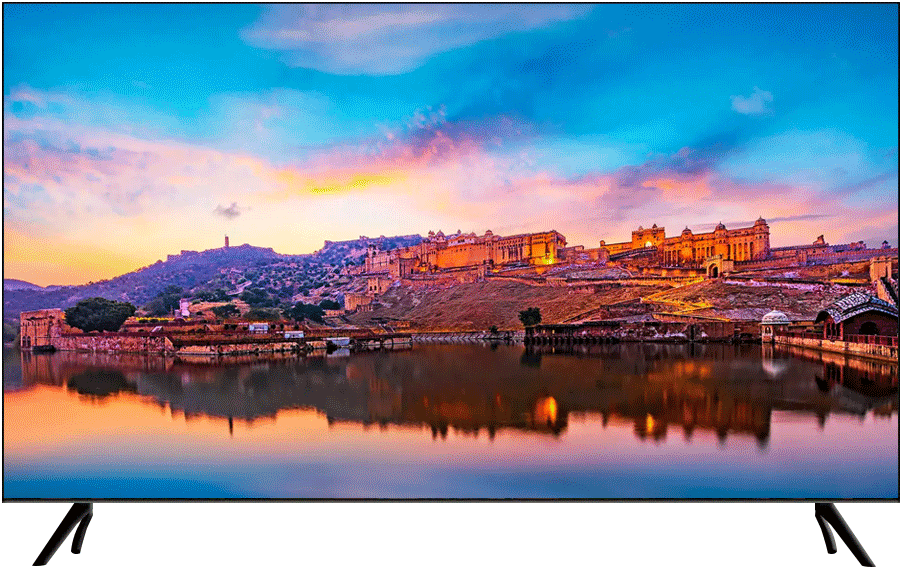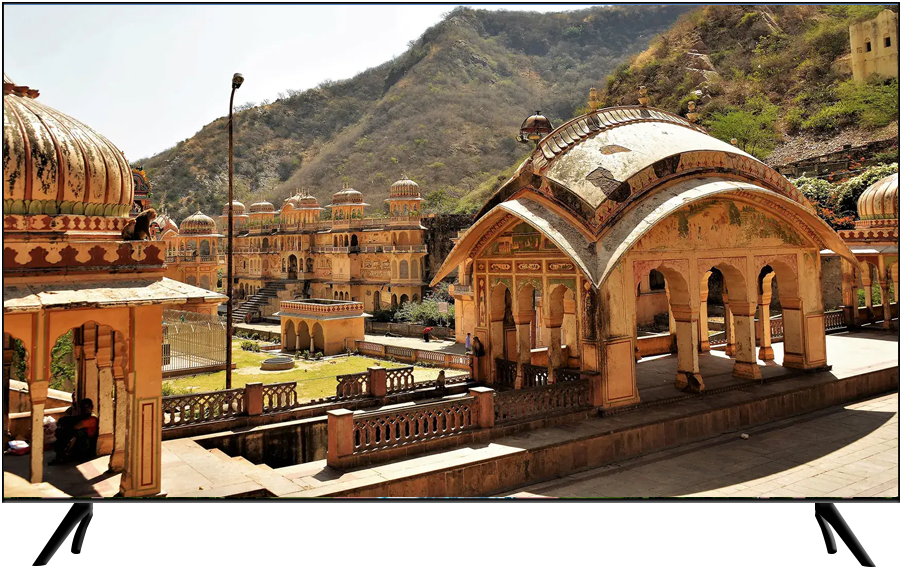



Mar 20th. Jaipur
Overnight – Rambagh Palace
Today will start with three of Jaipur’s off the beaten tourism track historical destinations, which also happen to be among the most wonderful opportunities for photography in India. First you are driven to a very scenic location in Jaipur adjacent to a public park, The Albert Hall Museum, which was completed in 1887 by the architect Samuel Swinton Jacob. You won’t enter the museum (unless you would like to) as this stop is solely for you to walk around and take-in the absolutely gorgeous Indo-Saracenic architecture. Rudyard Kipling (himself the son of a museum curator) on a visit was so impressed that he wrote “it is now a rebuke to all other museums in India from Calcutta downwards”.
From here you are driven to the ancient Hindu pilgrimage site of Galtaji, located in a crevice in the Aravalli Hills. This 15th century complex of temples here is sometimes referred to as the Monkey Temple by tourists because a large tribe of monkeys lives here and believes they own the complex. The picturesque complex of temples has seven ponds that are fed by springs on the surrounding hilltops, and Hindu pilgrims consider taking a dip in these to be purifying. The beautiful temple complex has been a retreat for a sect of Hindu ascetics since the 16th century.
The monkeys agree and swim around the main pond with reckless abandon, and many of them can be seen diving into the tank from various vantage points. Enjoy a guided tour of the beautiful Galtaji Temple, which is crafted in pink stone. There are other ancient temples in the complex, and you will visit a couple of them, including the Balaji Temple. Monkeys are everywhere, and they are obviously in-charge! For someone not used to their social behavior and grooming rituals, observing them can be fascinating.
From here you will be driven to Jaipur’s best kept secret, the royal cenotaphs known as Gaitore ki Chhatriyan. By now you will have seen many examples of Chhatri’s (ornate umbrella shaped domes), but those that cover the individual tombs and structures here are a sight to behold, and an incredible Instagram opportunity. In a city full of UNESCO Sites and incredible colors, this complex is sometimes our guests’ favorite memory of Jaipur. Although you are still in today’s Jaipur, this spots serenity and scenery is a surprising break from the crowds and noise. The complex was first used in 1733 AD for a tomb that marked the cremation site for Jaipur’s Rajas. Although each of the smaller structures is worth a detailed exploration, the highlight is the large intricately carved white marble cenotaph of Jaipur’s founder, the legendary Maharaja Sawai Jai Singhji.
On the way to your next destination, you can stop for lunch at the excellent restaurant at the upscale Trident Hotel, but there are other alternatives that you can discuss with your Tour Director Guide. After lunch you will explore the awe-inspiring Amber Fort and Palace complex, a UNESCO World Heritage Site. This complex was completed in 1599 AD after 25 years of construction. You will be driven to the back entrance as Easy Tours does not offer elephant-back ascents up the ramparts of the complex because many of the elephants are not treated well. Please note that there are organizations that rescue and care for such elephants in camps in the Jaipur region and in many other parts of India. A half day elephant experience at such a center, with no riding, is an option that can be added to your Jaipur exploration upon request, potentially adding another night at Jaipur.
The massive Fort and Palace complex is one of India’s finest examples of Rajput architecture. Explore the chambers and hallways which are famous for their exquisite designs and handcrafted embellishments. Your Tour Director will regale you with the history of the various structures as you take in the amazing workmanship of the craftsmen who created them. From the Fort return to your gorgeous Palace Hotel.
Optional late afternoon activity: Jaipur is India’s shopping mecca for all sorts of exquisite hand-crafted items, fabrics, carpets, as well as jewelery, and those who are interested in shopping can have their Tour Director Guide serve as a personal shopper until the late afternoon, or you can choose to return to your spectacular palace hotel.
Today will start with three of Jaipur’s off the beaten tourism track historical destinations, which also happen to be among the most wonderful opportunities for photography in India. First you are driven to a very scenic location in Jaipur adjacent to a public park, The Albert Hall Museum, which was completed in 1887 by the architect Samuel Swinton Jacob. You won’t enter the museum (unless you would like to) as this stop is solely for you to walk around and take-in the absolutely gorgeous Indo-Saracenic architecture. Rudyard Kipling (himself the son of a museum curator) on a visit was so impressed that he wrote “it is now a rebuke to all other museums in India from Calcutta downwards”.
From here you are driven to the ancient Hindu pilgrimage site of Galtaji, located in a crevice in the Aravalli Hills. This 15th century complex of temples here is sometimes referred to as the Monkey Temple by tourists because a large tribe of monkeys lives here and believes they own the complex. The picturesque complex of temples has seven ponds that are fed by springs on the surrounding hilltops, and Hindu pilgrims consider taking a dip in these to be purifying. The beautiful temple complex has been a retreat for a sect of Hindu ascetics since the 16th century.
The monkeys agree and swim around the main pond with reckless abandon, and many of them can be seen diving into the tank from various vantage points. Enjoy a guided tour of the beautiful Galtaji Temple, which is crafted in pink stone. There are other ancient temples in the complex, and you will visit a couple of them, including the Balaji Temple. Monkeys are everywhere, and they are obviously in-charge! For someone not used to their social behavior and grooming rituals, observing them can be fascinating.
From here you will be driven to Jaipur’s best kept secret, the royal cenotaphs known as Gaitore ki Chhatriyan. By now you will have seen many examples of Chhatri’s (ornate umbrella shaped domes), but those that cover the individual tombs and structures here are a sight to behold, and an incredible Instagram opportunity. In a city full of UNESCO Sites and incredible colors, this complex is sometimes our guests’ favorite memory of Jaipur. Although you are still in today’s Jaipur, this spots serenity and scenery is a surprising break from the crowds and noise. The complex was first used in 1733 AD for a tomb that marked the cremation site for Jaipur’s Rajas. Although each of the smaller structures is worth a detailed exploration, the highlight is the large intricately carved white marble cenotaph of Jaipur’s founder, the legendary Maharaja Sawai Jai Singhji.
On the way to your next destination, you can stop for lunch at the excellent restaurant at the upscale Trident Hotel, but there are other alternatives that you can discuss with your Tour Director Guide. After lunch you will explore the awe-inspiring Amber Fort and Palace complex, a UNESCO World Heritage Site. This complex was completed in 1599 AD after 25 years of construction. You will be driven to the back entrance as Easy Tours does not offer elephant-back ascents up the ramparts of the complex because many of the elephants are not treated well. Please note that there are organizations that rescue and care for such elephants in camps in the Jaipur region and in many other parts of India. A half day elephant experience at such a center, with no riding, is an option that can be added to your Jaipur exploration upon request, potentially adding another night at Jaipur.
The massive Fort and Palace complex is one of India’s finest examples of Rajput architecture. Explore the chambers and hallways which are famous for their exquisite designs and handcrafted embellishments. Your Tour Director will regale you with the history of the various structures as you take in the amazing workmanship of the craftsmen who created them. From the Fort return to your gorgeous Palace Hotel.
Optional late afternoon activity: Jaipur is India’s shopping mecca for all sorts of exquisite hand-crafted items, fabrics, carpets, as well as jewelery, and those who are interested in shopping can have their Tour Director Guide serve as a personal shopper until the late afternoon, or you can choose to return to your spectacular palace hotel.

